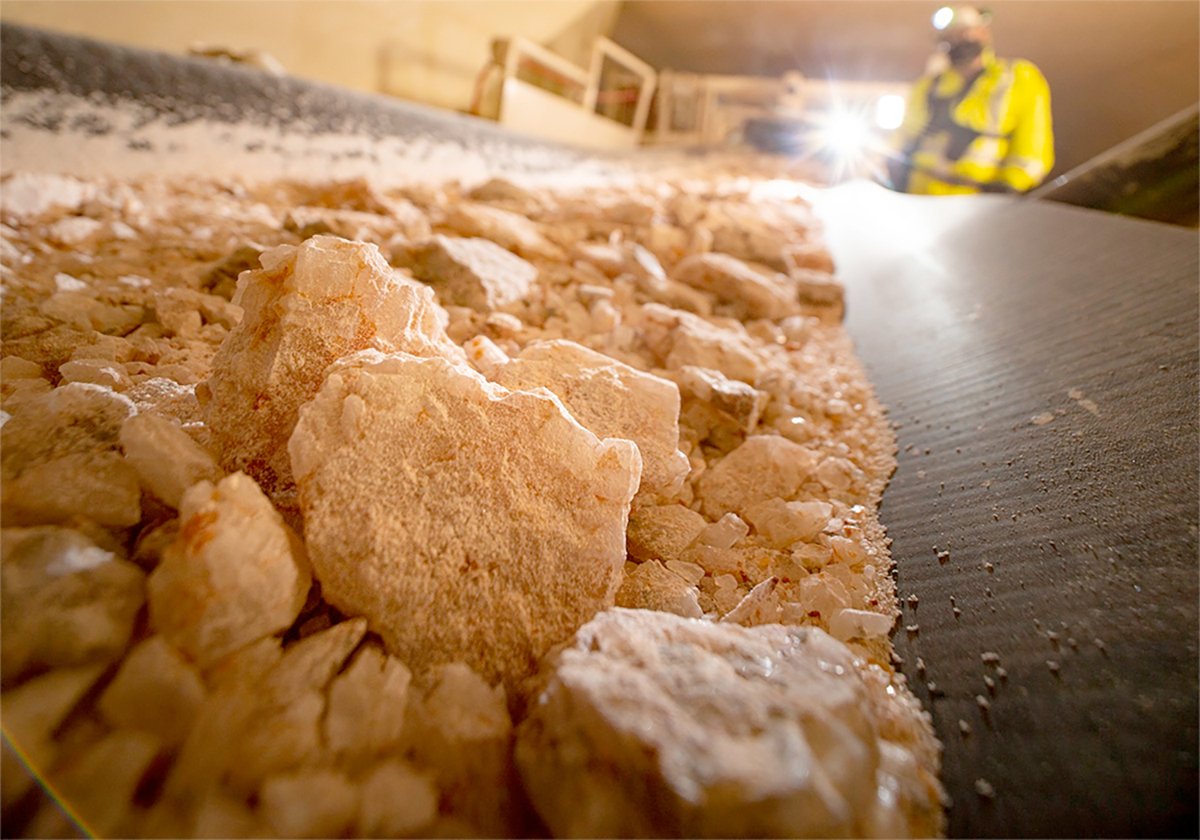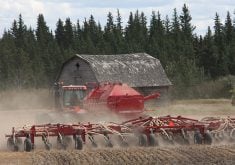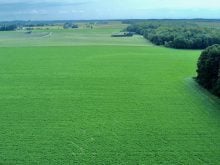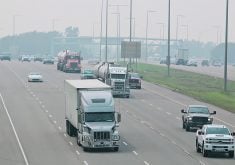As the last cattle carcasses rolled down the line at the Burns plant in Winnipeg on Dec. 5, Gunton, Man. cattle producer James Bezan was making an enthusiastic pitch about the future of the beef packing industry in Manitoba.
The province is now left with only one federally inspected plant, with a total capacity of 50 head per day: Plains Processors at Carman.
Twenty years ago, more than 580,000 head were slaughtered in the province. Cattle were imported from Ontario, Saskatchewan and sometimes the United States.
Bezan, who is a member of the Prairie Beef Alliance Co-operative Ltd., said Manitoba lost between $100 and $170 million in economic benefits when the packers consolidated and migrated west.
Read Also

Saskatchewan looks to expand trade in Indonesia
Saskatchewan intends to increase its agricultural partnership with Indonesia.
But he believes the trend is turning in favor of the eastern Prairies.
In the next decade, he believes a community around the Manitoba-Saskatchewan border will be home to a major multinational packer like ConAgra-owned Monfort.
“How much longer can they (Monfort) actually stay out of the Canadian game?” said Bezan.
The company has already offered to take every carcass from a 600-head-per-day plant in Brandon, which Bezan’s company IBG Inc. hopes to retrofit by 1999.
During the early stages, Bezan said the plant may run one shift for Monfort and the second for its own customers.
Manitoba’s provincial government is spearheading a program to promote the beef industry in the province, similar to one it credits for helping bring investment into hog barns.
Peter Blawat, a farm management specialist with Manitoba Agriculture, chairs an industry-wide group that is researching the issues around increasing cattle production.
“Manitoba right now is viewed as a cow-calf province where Alberta is viewed as a finishing and feeding province,” said Blawat.
“Why not Manitoba? Maybe we do have an advantage we haven’t looked at.”
Some people in Blawat’s group believe if the province increases its supply of fed cattle, major packers will come shopping, especially over the long term when Alberta’s packing industry starts to depreciate.
Blawat said the provincial herd could reach one million cows in five or 10 years from the current 600,000, but profits will determine how far and fast it grows.
Bezan believes the beef industry is driven by the same fundamental factors of supply and demand as the pork industry.
He said export markets in the Pacific Rim, Latin America and the Middle East will fuel demand.
Meanwhile, the loss of the Crow rail transportation subsidy and the end of price stabilization programs will make it more economical to grow forages on marginal land, said Bezan.
He estimates 25 to 45 percent of Manitoba’s cultivated land base could be converted to hay and pasture land, which would more than double the province’s current forage acres.
Three University of Saskatchewan researchers recently made similar conclusions about the potential for the beef industry in that province.
Bezan believes a new ethanol plant, huge commercial feedlots and growth in the hog industry will limit beef expansion in Alberta.
“When you look at the hard numbers on economics, the best place to export grain from is now Alberta,” he said.
But economist Daryl Kraft said the fundamentals for beef and hogs aren’t exactly the same.
While it may appear that the hog business has recently boomed in Manitoba, expansion started 10 years ago, said Kraft. Recent interest is merely a continuation of the trend.
While the loss of the Crow rate makes it less attractive to export feed grain, the price-dampening U.S. Export Enhancement Program has also been shelved for the past two years.
For feed grain, he argues the two programs cancelled each other out.
“It sort of deflates (provincial governments’) arguments that this is a new place to do business and it’s better than it was before,” said Kraft.
“I always had that as a hypothesis but I didn’t really have the nerve to say it until I had evidence for about the last two years.”
Kraft said feed companies in Manitoba were a big part of the push behind hog expansion. But he doesn’t see them playing as big a role in the beef industry because management is not as specialized.
“What they could really provide to the industry that farmers don’t already know may be pretty limited as well,” said Kraft.














